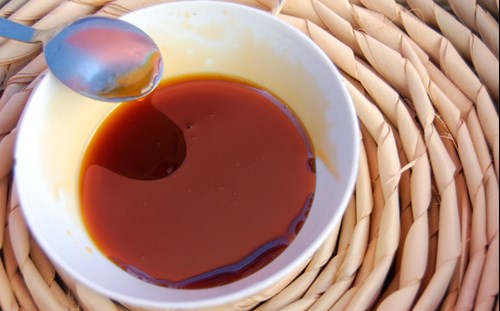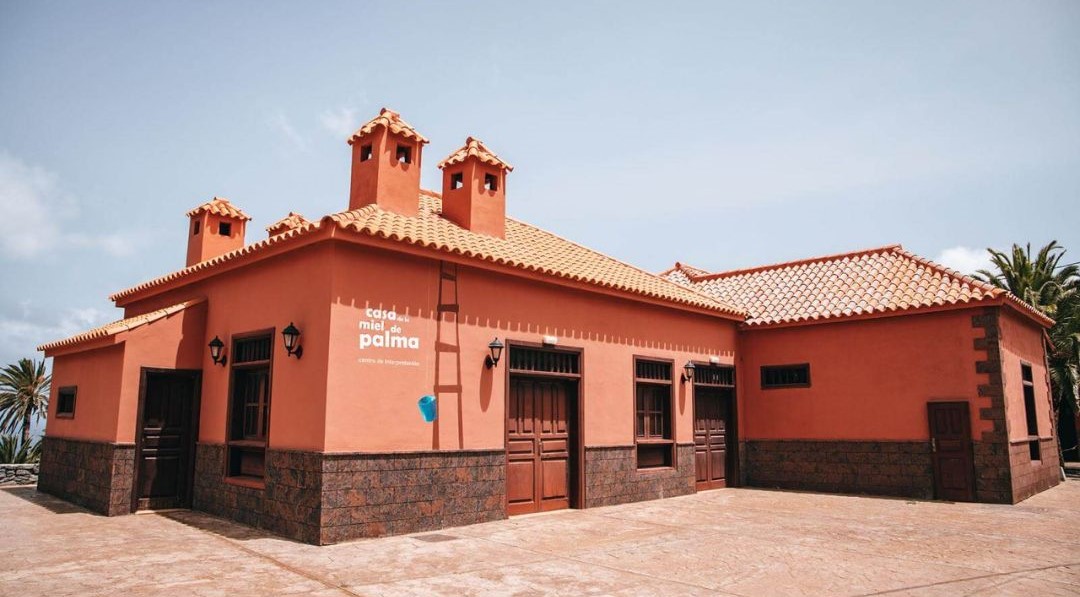Origin and production of palm honey
Palm honey, also known as guarapo, is obtained from the sap of the Canary Islands palm tree (Phoenix canariensis). Extraction is carried out manually, with great care, in the early hours of the morning to ensure freshness. This sap is then slowly boiled down to a thick, sweet syrup, ready for consumption.
The handcrafted process requires experience and patience, and each step is steeped in tradition. From choosing the right palm tree to controlling the temperature during cooking, the production of palm honey is an art that reflects the identity and cultural heritage of La Gomera. Historically, this product was used both for everyday food and for special occasions and celebrations, becoming a symbol of the island.
Furthermore, the production of palm honey is linked to sustainable practices, as it is obtained without damaging the palm tree, preserving biodiversity and keeping alive a trade that combines ancestral knowledge and respect for nature. Visiting the Casa de la Miel de Palma allows you to understand the importance of this product beyond its taste, appreciating its cultural and ecological value.

Benefits and uses of palm honey
Nutritional properties
Palm honey is a highly nutritious food. It contains essential minerals such as iron, magnesium, potassium and zinc, making it an excellent supplement to balanced diets. Its consumption is recommended for children, athletes and people who need extra energy or a natural health booster. Its natural sugars provide energy gradually without causing sudden glucose spikes, making it a healthy alternative to other sweeteners.
Medicinal and traditional applications
In addition to its nutritional value, palm honey has medicinal properties that are recognised by local tradition. It has been used to relieve colds, improve digestion, strengthen your immune system and soothe your throat. Its consumption, directly or in infusions, is a common practice among the island’s inhabitants, who benefit from its properties.
Gastronomic tradition
Palm honey is an everyday ingredient that is present in many traditional recipes and dishes, from salads and desserts to pasta and meats. The characteristic sweetness complements and differentiates each recipe. Here is a refreshing cocktail recipe that includes palm honey:
Palm honey cocktail recipe: La Gomera Mojito
- In a tall glass: juice of 1/2 lemon, 1 cl of palm honey.
- Shake well. Then add a few sprigs of mint, crushing the stem without damaging the leaves, and crushed ice.
- Add: 5 cl white rum and mineral water to taste.
- Mix everything together with a spoon. Serve chilled and enjoy!
Palm Honey experience: visit the Palm Honey House (Casa de la Miel de Palma)
Located in the picturesque country house Caserío Aldama, in Alojera, the Casa de la Miel de Palma is an interpretation centre that is managed by AIDER La Gomera. This space allows visitors immersing themselves into the history, culture and production of palm honey, an emblematic product of the island. Open from Wednesday to Saturday, from 10 a.m. to 5.30 p.m., the centre provides guided tours that include tastings of guarapo and palm honey, allowing you to discover first-hand how this traditional delicacy is made. Visitors can also learn about ancient tools, production techniques and curiosities about how the sap of the Canary Island palm tree is collected.
The Casa de la Miel de Palma is not only a place of learning, but also an opportunity to experience the aromas, flavours and knowledge that have been passed down from generation to generation in La Gomera. It is a perfect destination for those seeking to combine cultural tourism with authentic gastronomic experiences.

For those who wish to get to know this emblematic product and soak up the island’s traditions, Hotel Jardín Tecina provides a comfortable stay close to the main centres where the culture of the palm tree is celebrated. Our special rates for groups and families will allow you to combine a visit to the Casa de la Miel de Palma with a complete and unique accommodation, gastronomy and relaxation experience.

